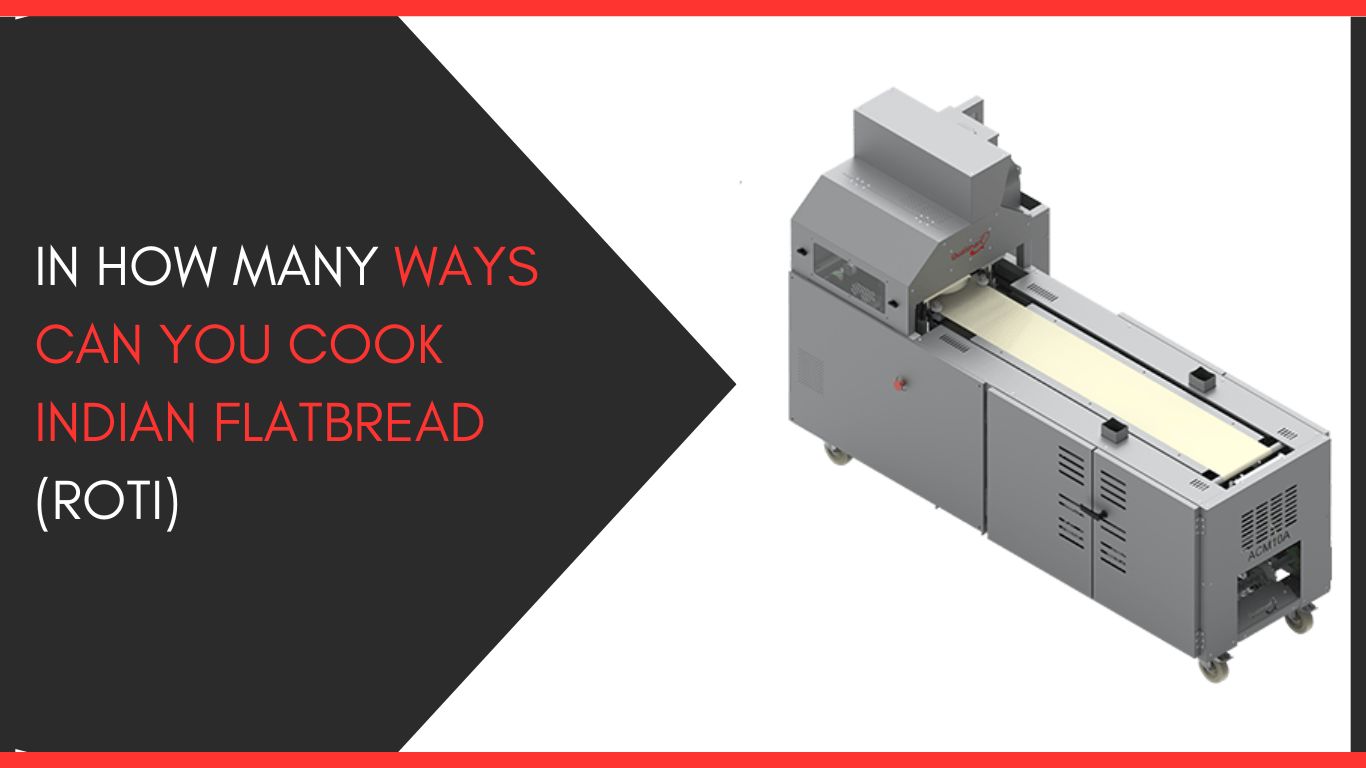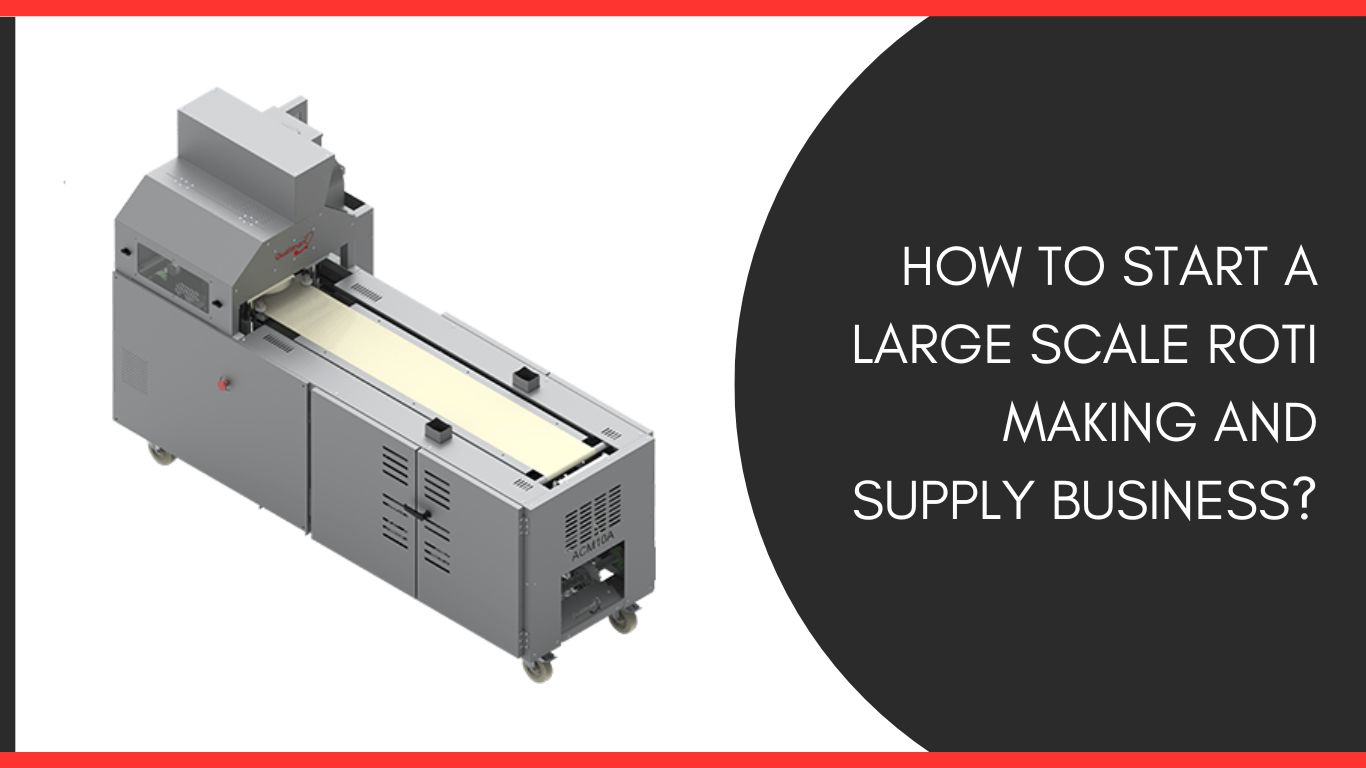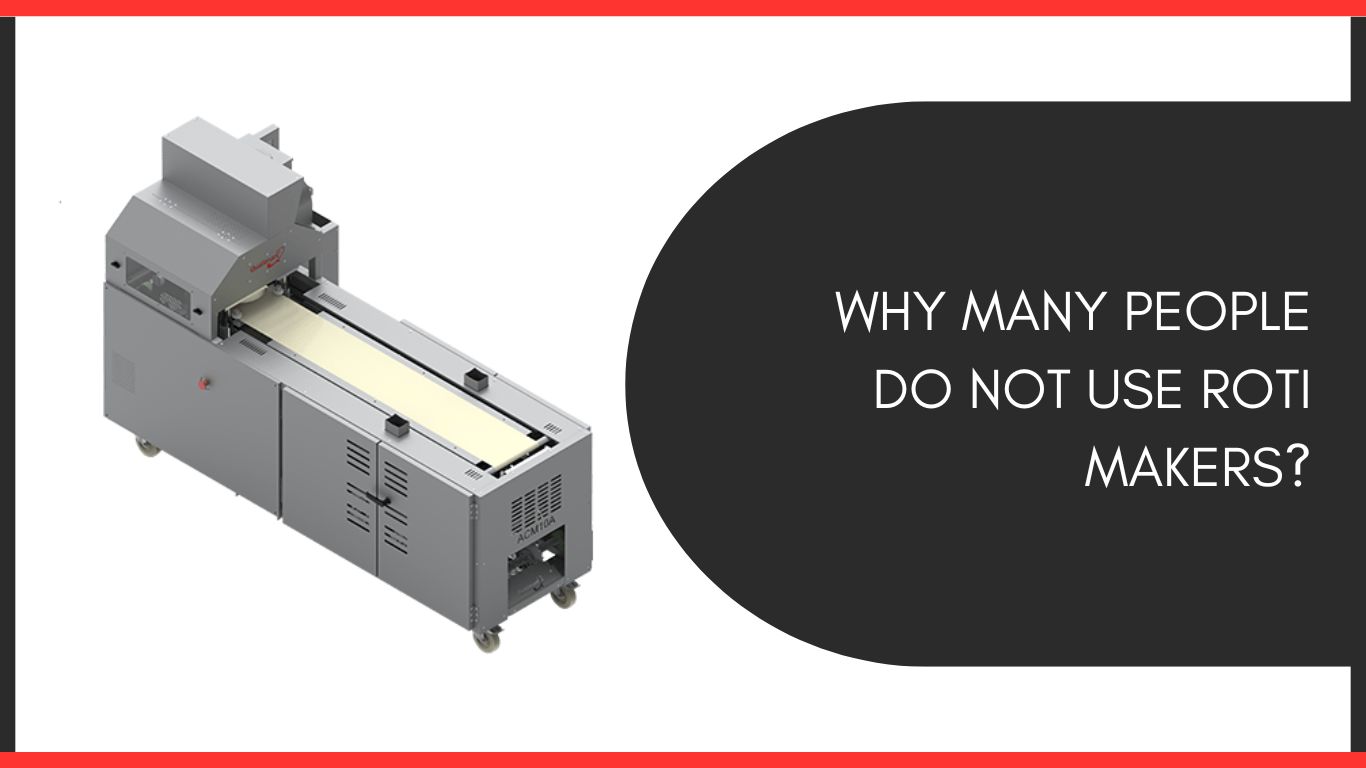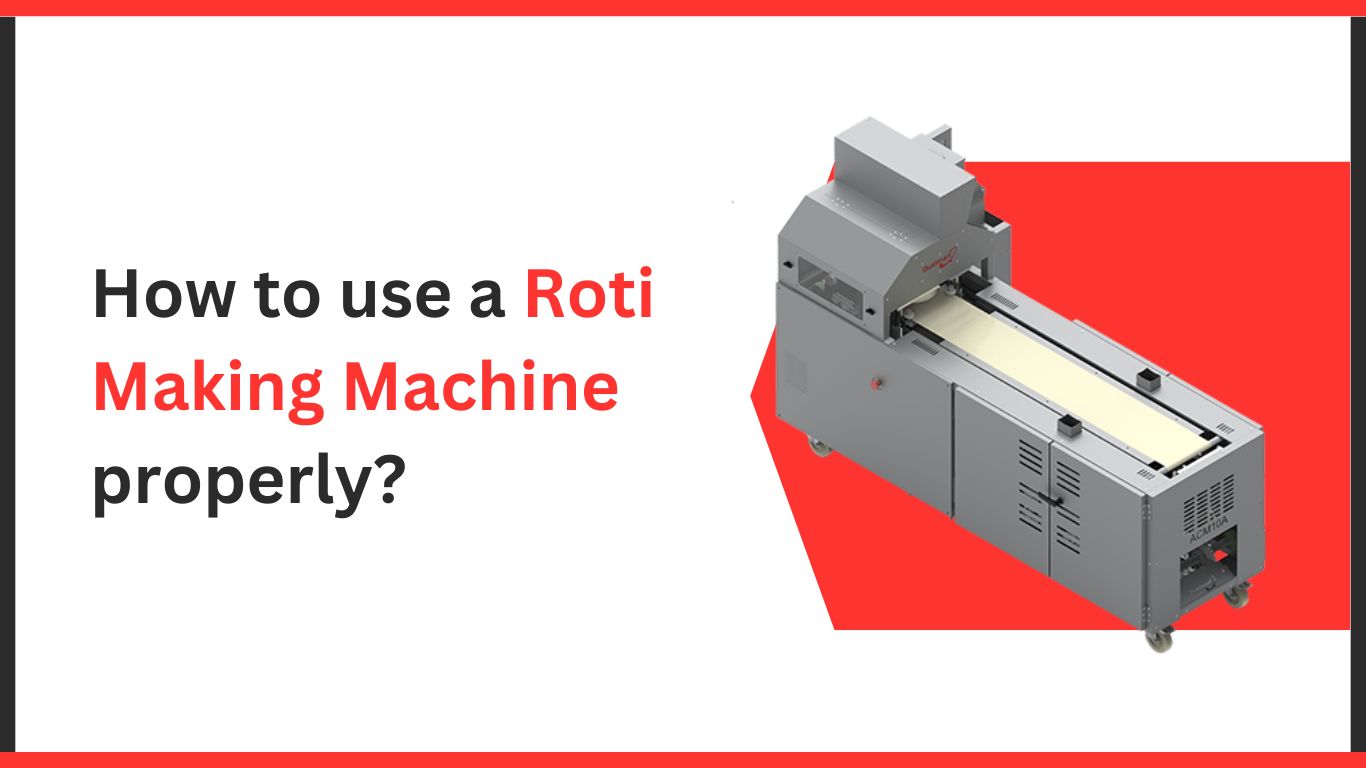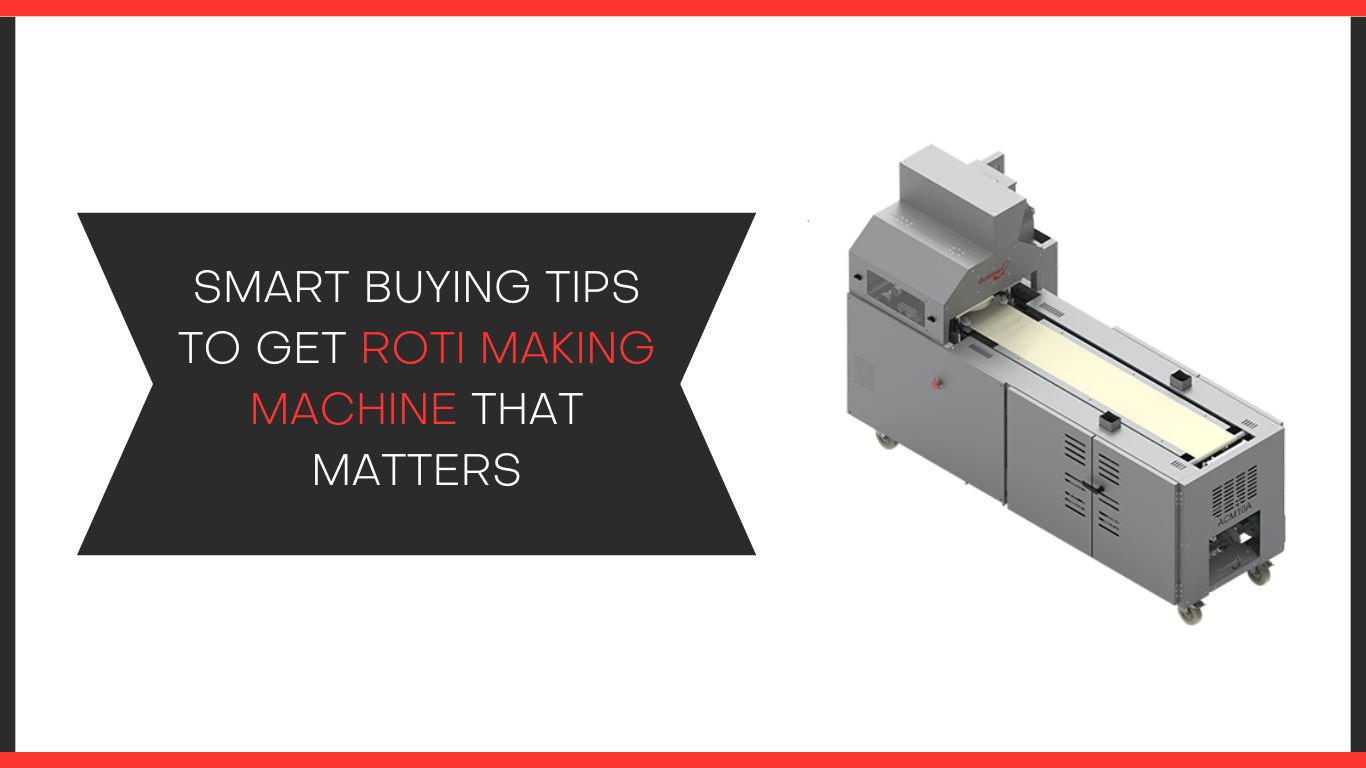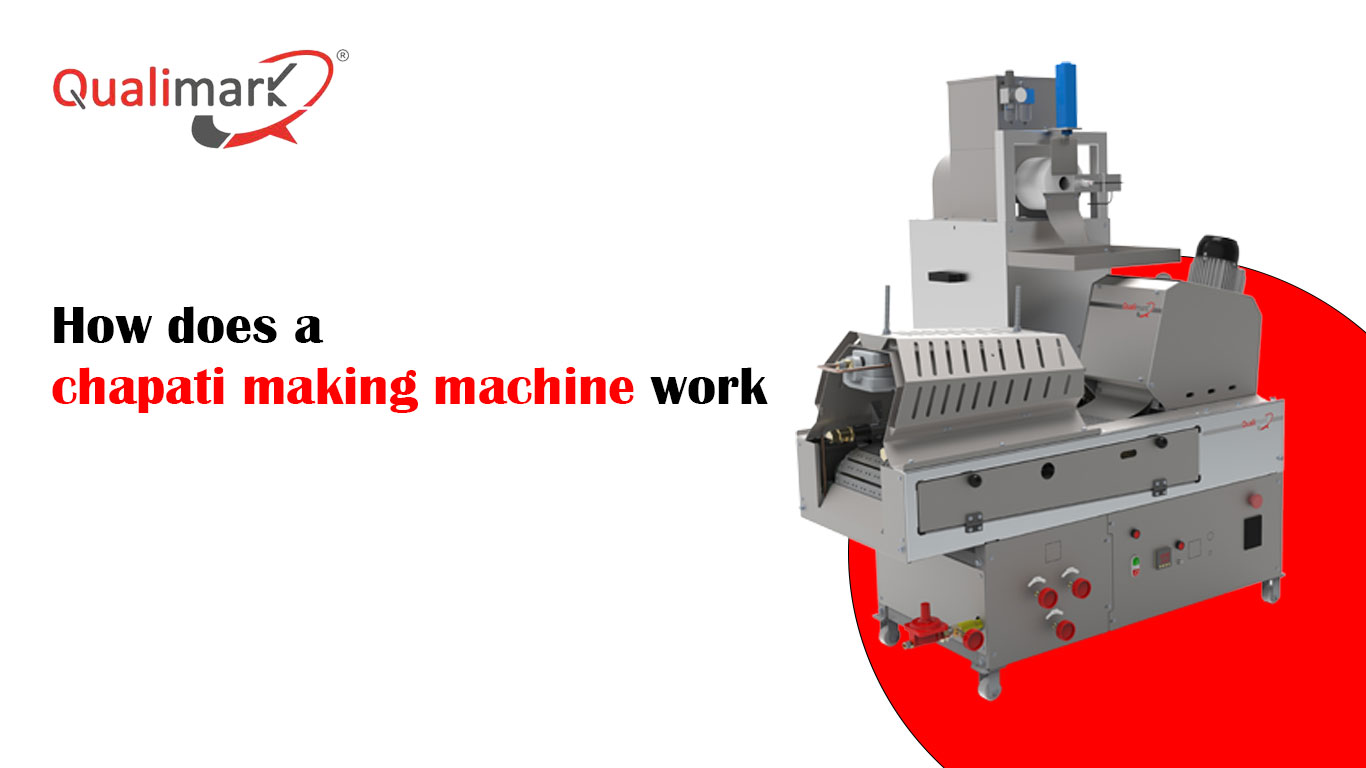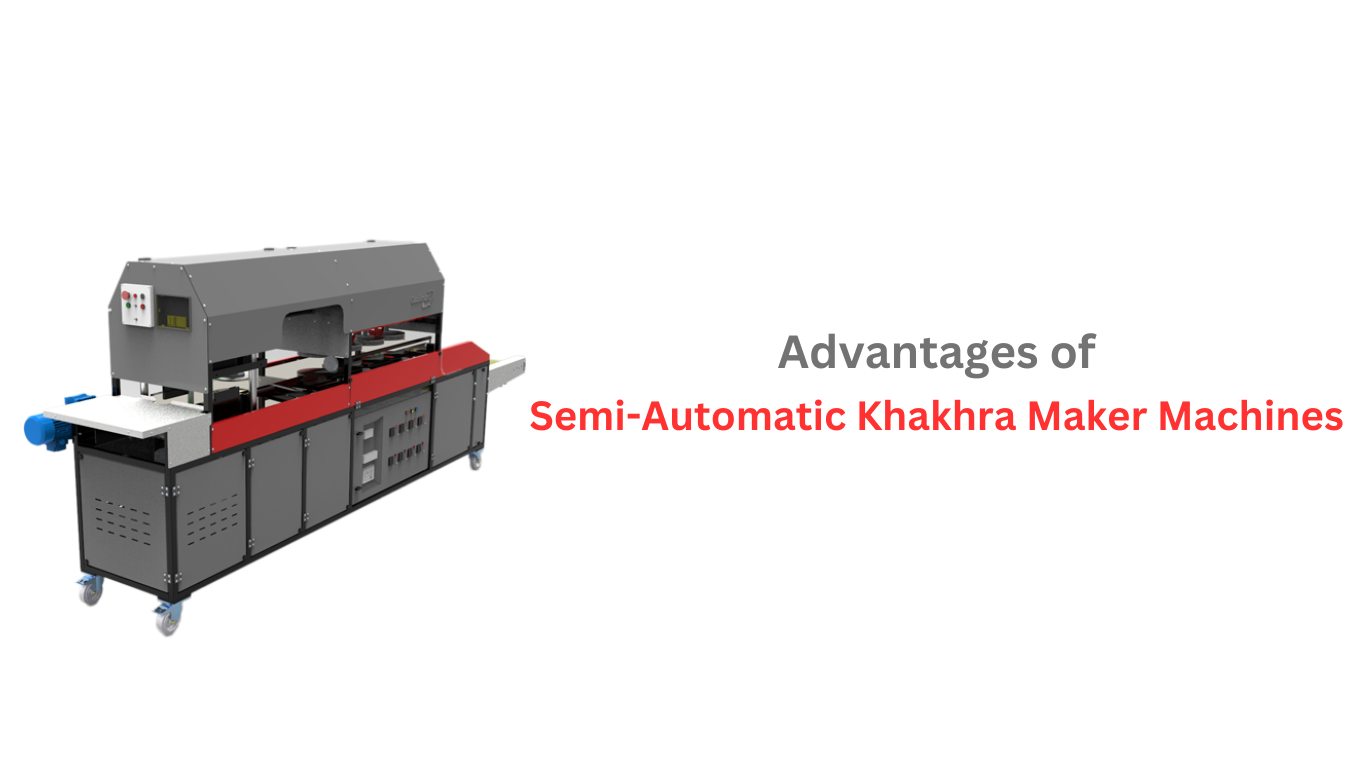Indian cuisine is a tapestry of flavors, aromas, and textures, and at its heart lies the humble roti. This simple, yet versatile flatbread is a staple in millions of households, but did you know there’s more than one way to cook it? Whether you’re looking to add a twist to your everyday meals or impress your dinner guests, here are several delicious methods to prepare roti that will elevate your culinary game.
The Classic Tava Roti
Let’s start with the most common method—cooking roti on a tava (a flat or slightly concave griddle). The process is simple, yet it requires a bit of skill to get that perfectly puffed, soft, and evenly cooked roti.
How to Make It:
- Roll out a ball of dough into a thin circle.
- Heat the tava on medium flame and place the rolled dough on it.
- Wait for bubbles to appear, then flip.
- Press lightly with a kitchen cloth or spatula until the roti puffs up.
- Flip again for a few seconds to ensure even cooking
With a Semi-Automatic Roti-Making Machine:
Feed the dough balls into the semi automatic roti making machine, which automatically presses and cooks the rotis on a heated surface. The machine mimics the traditional method, ensuring evenly cooked and perfectly round rotis.
Why It Works: The direct heat from the tava cooks the roti evenly, while the gentle pressing helps it puff up, creating layers of air within the bread, making it soft and chewy.
Phulka (Puffed Roti)
Phulka is an extension of the tava method but with an extra step that takes it to the next level. After partially cooking the roti on the tava, it’s placed directly on an open flame, causing it to puff up like a balloon.
How to Make It:
- Cook the roti on the tava until light brown spots appear.
- Using tongs, place the roti directly on the flame.
- Rotate quickly to avoid burning until it puffs up completely.
- Remove and serve immediately.
With a Semi-Automatic Roti-Making Machine
After cooking the roti partially on the machine’s griddle, transfer it to the flame with tongs. The machine ensures the roti is evenly rolled and thin enough to puff up perfectly.
Why It Works: The direct flame gives the phulka a smoky flavor and a soft, pillowy texture that’s perfect with any curry or vegetable dish.
Tandoori Roti
Craving that restaurant-style tandoori roti at home? You can mimic the flavors and texture of this clay oven-cooked bread using your oven or a pressure cooker.
How to Make It
- Preheat your oven to the highest temperature or heat a pressure cooker without the whistle.
- Roll out the dough slightly thicker than usual.
- Place the rolled dough on a hot baking sheet or stick it to the inner walls of the heated pressure cooker.
- Cook until it’s golden brown and slightly charred in spots.
With a Semi-Automatic Roti-Making Machine:
While the machine doesn’t replicate the tandoor’s high heat, it can roll out thicker dough to achieve a similar texture when cooked on a tawa or oven. For a tandoor-like finish, you can place the roti under a broiler for a few seconds.
Why It Works: The high heat replicates the conditions of a tandoor, giving the roti a crispy exterior while keeping the inside soft and chewy. The slight char adds a depth of flavor that’s hard to resist.
Roomali Roti
Roomali roti, also known as “handkerchief bread,” is thin, soft, and almost translucent. It’s usually served folded like a handkerchief and pairs perfectly with kebabs and rich gravies.
How to Make It
- Roll the dough as thin as possible, almost to the point of transparency.
- Cook on an inverted hot wok or tava.
- Flip once, and as soon as it’s cooked, fold it like a handkerchief.
With a Semi-Automatic Roti-Making Machine:
Although the machine cannot roll the dough as thin as required for a traditional roomali roti, it can produce a thinner dough that can be finished on a convex surface. The machine ensures consistent size and thickness, which is key to making roomali roti.
Why It Works: The super-thin dough cooks quickly and evenly, resulting in a roti that’s soft and pliable, ideal for wrapping around meats or dipping into thick curries.
Final Words
Roti is more than just a flatbread—it’s a canvas for culinary creativity. Whether you prefer the simplicity of a classic tava roti, the smoky allure of a phulka, or the indulgence of a lachha paratha, there’s a method to suit every taste and occasion. So, the next time you’re in the kitchen, why not try a new way to cook your roti? You might just discover a new favorite.

